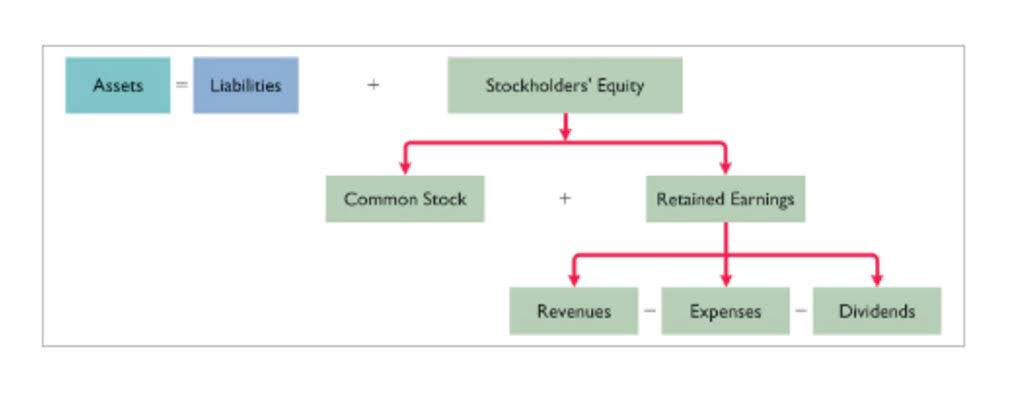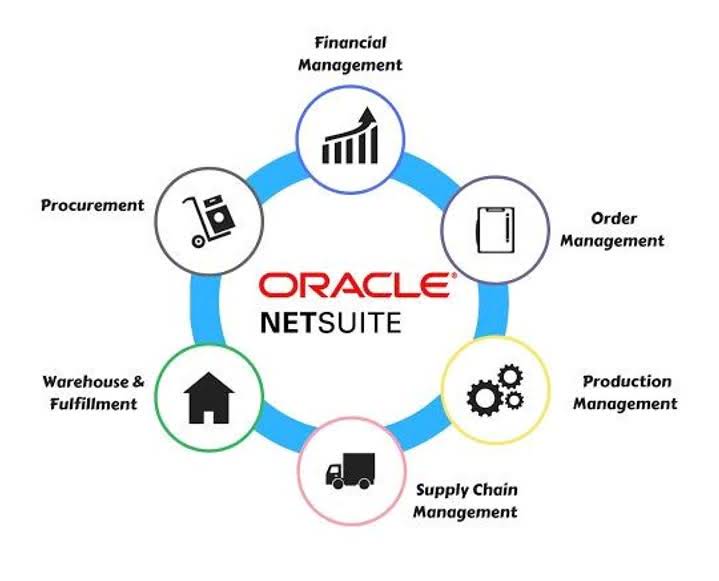
One of the most accessible ways is to partner with a POS system such as a Square reader or Stripe. Direct deposit is particularly popular among companies looking to streamline payroll processes and enhance employee satisfaction by providing immediate access to funds. Their merchant accounts make it easy to set up an account while ensuring compliance with bank regulations. Integrating Paycron API into your payment systems helps businesses effortlessly facilitate EFT payment with security and compliance. Explore Checkbook, or create an account instantly and start sending payments. You can also contact us to design a custom package for your business.
- Gather customer or vendor information, such as bank account details and authorization to initiate EFT payments.
- The cost of wire transfers stems from the fact that they require real-time processing across a secure network.
- If we take wire transfers or paper-based payment methods, EFT transactions are cheaper.
- ACH transfers are a type of EFT payment processed by an automated clearing house, or ACH network.
- Embracing EFT is not just about adopting a payment method; it’s about building a future-ready approach to financial transactions.
- At first blush, it may seem daunting to share your bank account information with a business and let it debit your account each month.
What are EFT Payments?

Electronic payments are now part of daily life, and almost every business owner is adopting them. Depending on the type of transaction and the banking institution, EFT payments might have a small fee (e.g., ATM fees). Electronic Funds Transfer is a key component of modern banking and business operations. Its ability to facilitate quick and secure transactions makes it indispensable. Whether you are a business owner or an individual, understanding EFT can help you make informed financial decisions.
EFT vs. ACH Transfers: What’s the Difference?
That’s why, in this blog post, we’ll explore what electronic funds transfer is, how it works, and why it matters. Cash payments are almost fading, leading to a massive rise in digital payments. The transition from paper checks and cash transactions to EFT is not just a technological upgrade; it is essential. EFT is integral to modern financial management, simplifying tasks such as paying bills, transferring money between accounts, and conducting business transactions. By eliminating manual processes, EFT enhances convenience, reduces errors, and supports the seamless flow of money in today’s digital economy.
ATM withdrawals
However, depending on the type, payments processed later on Friday may not take effect until Monday, potentially longer if the processing period https://www.bookstime.com/ includes a holiday. To ensure transactions reach your recipient on time, check your specific EFT payment method provider’s guidelines to avoid late payments or penalties. Contributing to this definition is the Electronic Fund Transfer Act from 1978. It was enacted to protect consumers from fraud when transferring funds electronically during the increased use of ATMs in the 1970s. Protection under the EFTA includes transfers made through ATMs, debit cards, direct deposits, point-of-sale and via phone.
- Historically, minority-owned businesses have had a harder time accessing business loans.
- Whenever you spend in a store or restaurant with your credit or debit card you’re initiating an EFT payment.
- For international transactions or those exceeding $25,000, payments may take longer to clear.
- Financial institutions must also have policies and procedures in place to detect and prevent money laundering and terrorist financing activities.
- The payment will process automatically with no need to take any further steps.
- One-time Electronic funds transfer is typically used for immediate payments like bills, peer to peer transfers, and online shopping, retail purchases that aren’t recurring.
ATM (automated teller machine) transactions
- Banking services are provided by Grasshopper Bank, N.A; Member FDIC.
- Once the user inserts a debit card, the information is transmitted to the bank and processed further to dispense the money.
- Once that information is submitted by clicking a payment button, the issuing bank processes the payment approval.
- Credit and debit card transactions are electronic transfers processed by a credit card network.
- Using blockchain and cloud technology, we pioneered Payments-as-a-Service to digitize and automate your entire cash lifecycle.
- EFTs debit (increase) one person’s account and credit (decrease) the other person’s account.
Four major credit card networks for online payment processing are MasterCard, VISA, American Express (Amex), and Discover. Credit card transactions are always considered EFTs (electronic funds transfers). For these examples, the customer paying bills could instead select recurring credit card transactions as the payment method, which is another type of electronic funds transfer (EFT).
- They’re typically for business transactions from one country to another, international money transfers, and other types of cross-border payments.
- This comprehensive guide will explain everything you need to know.
- This can also be used to move money from business bank accounts or be used to pay bills.
- Innovations in blockchain and AI-driven fraud detection are enhancing the security and speed of EFT payments.
Financial Reconciliation Solutions

The ACH is a network of financial institutions that intends to provide security in transferring funds. So, in an ACH transaction, contribution margin the request will stop through the ACH between the initiation and the bank itself. That means ACH transactions add an extra day or two, but if speed is less important than security, this option is desirable. ACH payments typically use the Automated Clearing House network, are often cheaper (or free for consumers), and might take one to three business days, though faster options exist. Wire transfers using networks like Fedwire are generally faster, often offering same-day settlement domestically. They are suitable for large amounts, but usually more expensive.
EFT benefits for businesses

EFTA stands for the Electronic Funds Transfer Act, a U.S. legislation passed in 1978. The primary purpose of this act is to protect individual consumers across all EFT types. It’s easy for the government what is an eft to analyze EFT payment compliance. ACH and EFT (Electronic Funds Transfer) are correlated to each other. Electronic Fund Transfer always commits accuracy with minimal chances of errors.
